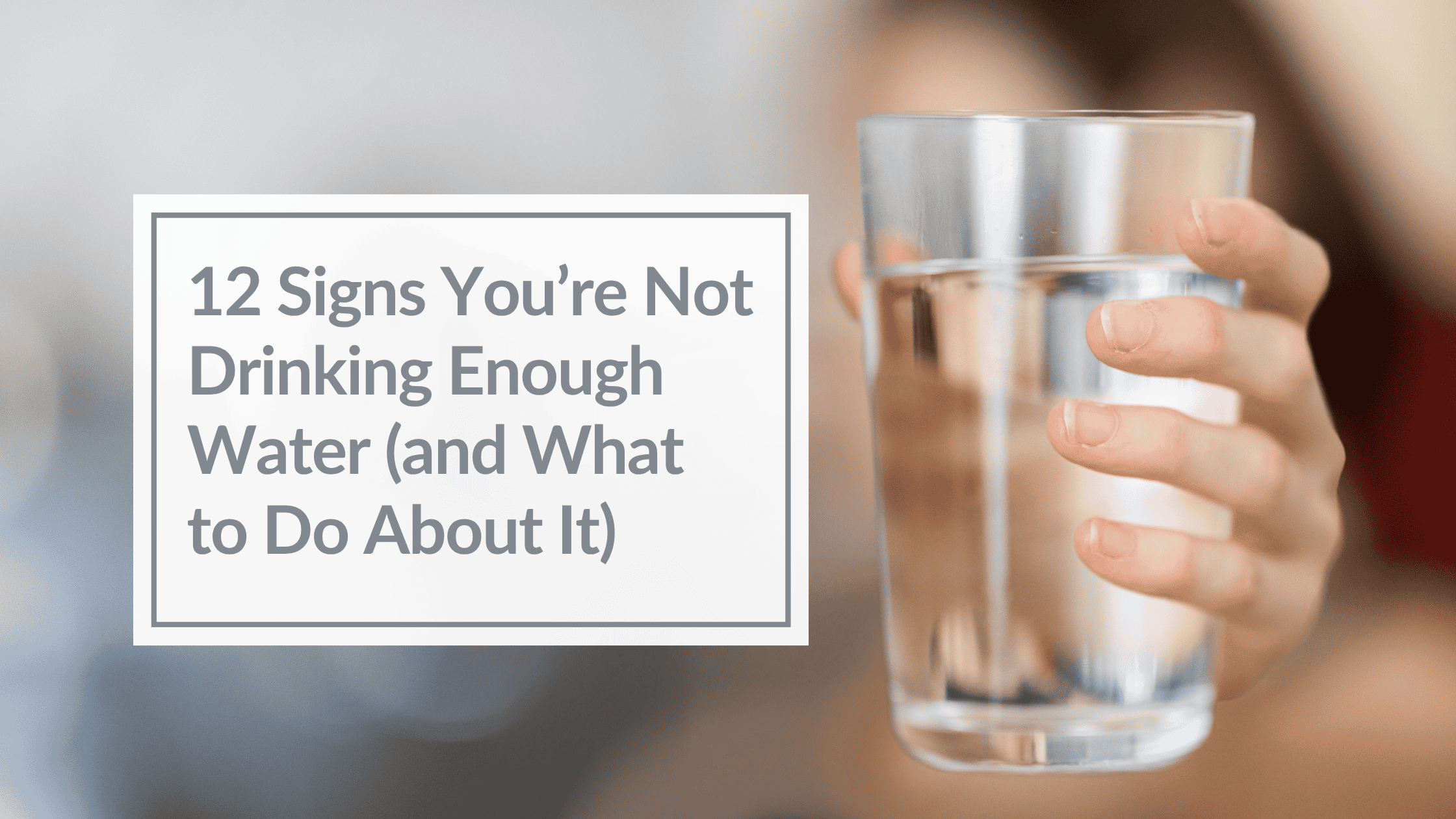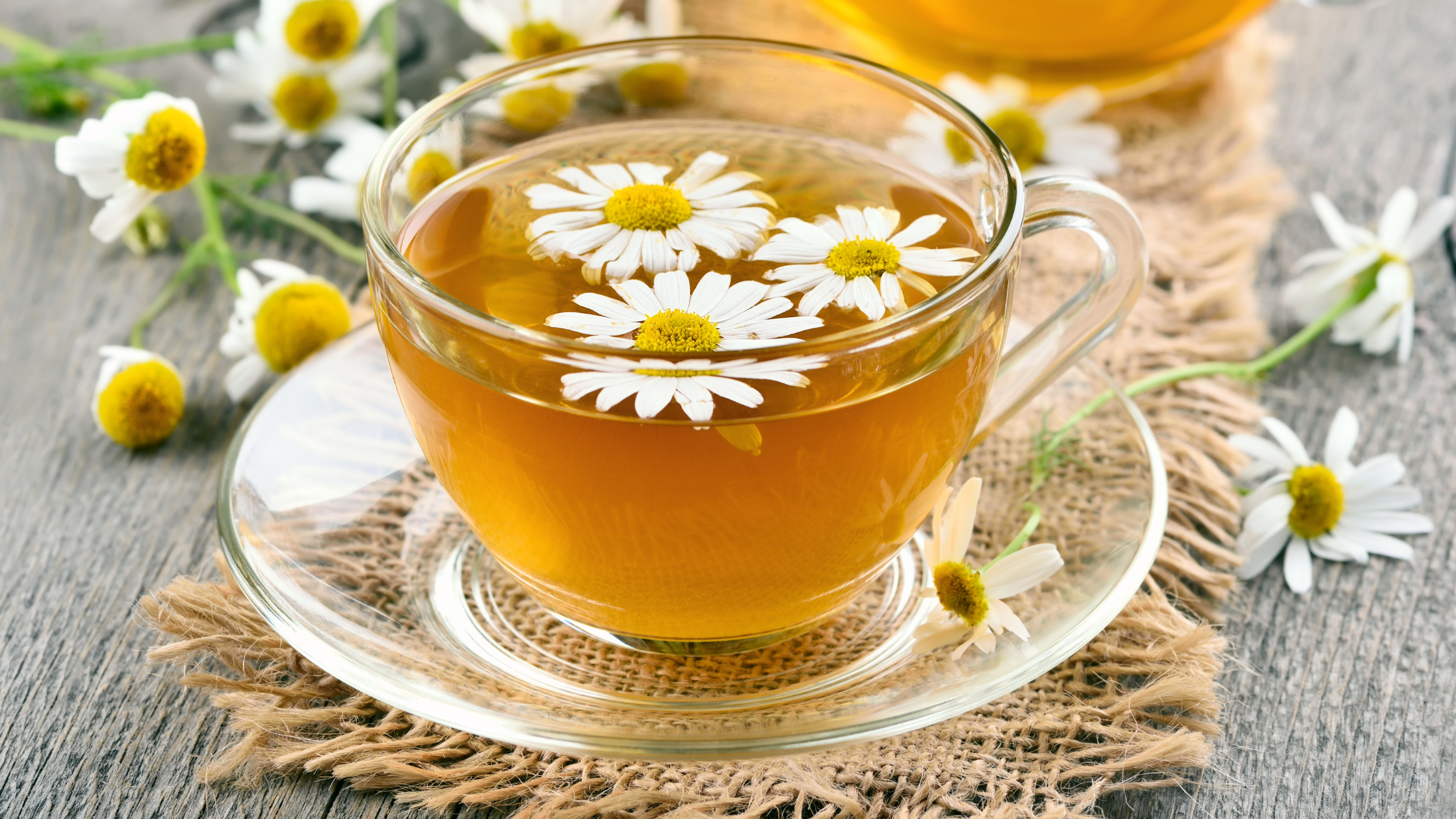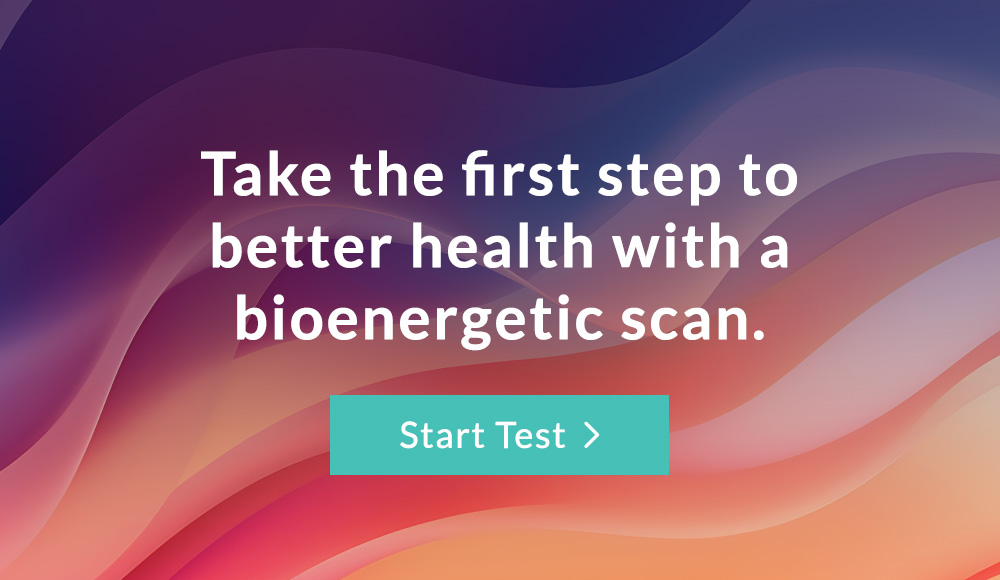
Acid reflux goes by many names, like heartburn, GERD, or even just acidity. But, no matter what you call it, the uncomfortable burn and bloat can disrupt your life.
Many people assume that reflux only comes from “too much stomach acid,” but it’s not that simple. Reflux can be linked to various factors, which we will cover in this blog.
We’ll clarify the differences between GERD, heartburn, and acid reflux, and walk you through practical and gentle natural solutions for acid reflux.
GERD, Heartburn, and Acid Reflux — What’s the Difference?
Heartburn is a fiery sensation that rises from your stomach into your chest. You’ve more than likely experienced heartburn! Maybe after too many slices of pizza on pizza night, or eating too close to bedtime.
Heartburn is a common symptom of acid reflux, which can also manifest as belching, bloating, or a sour taste in the mouth.
And that leaves gastroesophageal reflux disease (GERD). This is a chronic form of acid reflux that occurs frequently and can cause irritation or inflammation of the esophagus over time. This is when heartburn or reflux occurs frequently.
Research estimates that 18.6 million people in the U.S. suffer from GERD, with 10–20% of adults experiencing reflux symptoms at least once a week. For some, it’s just a passing annoyance. But for others, it shows up often enough to disrupt sleep—nearly 80% of people with GERD report nighttime symptoms, and most say it interferes with rest.
Beyond comfort, reflux takes a toll on quality of life, work, and even healthcare costs, which add up to billions every year.
What Triggers Acid Reflux?
Acid reflux happens when stomach acid escapes upward into the esophagus instead of staying where it belongs. Your stomach lining is designed to handle acid, but your esophagus isn’t, which is why that splash of acid feels so uncomfortable.
This often occurs when the Lower esophageal sphincter (LES) doesn’t tighten properly or becomes weakened, and stomach contents can slip back up, causing that familiar burning sensation.
Various factors can contribute to its onset and progression, potentially leading to GERD.
Here’s an in-depth look:
1. Digestive Enzyme Gaps
Digestive enzymes are crucial for breaking down proteins, fats, and carbohydrates efficiently. A deficiency or dysfunction in these enzymes can lead to incomplete digestion, causing food to linger in the stomach, ferment, and produce gas. This additional pressure can push stomach acid upward, potentially leading to acid reflux.
A study published in Functional Food in Relation to Gastroesophageal Reflux Disease highlighted that undigested food particles may contribute to reflux, with varying effects on the underlying mucosa.
Furthermore, research indicates that digestive enzyme supplementation can be effective in reducing symptoms of functional dyspepsia, a condition that shares similarities with acid reflux.
A 2023 study found that treatment with digestive enzymes led to improvements in quality of life and a decrease in the severity of pain, without side effects.
2. Dehydration
Adequate hydration is essential for maintaining the proper concentration of stomach acid and ensuring efficient digestion. Dehydration can lead to more concentrated stomach acid, which may irritate the stomach lining and esophagus, potentially increasing the frequency of acid reflux episodes.
One study found that drinking water can temporarily increase gastric pH, making the stomach contents more alkaline. While this effect is temporary, it underscores the importance of staying hydrated to support digestive health.
Not sure if you’re getting enough water? We’ve put together this blog with 12 signs you’re not drinking enough water that’s worth checking out.

3. Dietary Triggers
Some foods are notorious for irritating the digestive tract or relaxing the LES, including:
- Spicy foods
- High-fat or fried meals
- Coffee and other caffeinated drinks
- Alcohol
- Chocolate
- Acidic or carbonated beverages
4. Lifestyle and Habit Factors
How you live and eat matters:
- Eating quickly or consuming large meals
- Lying down soon after eating
- Sedentary behavior or decreased physical activity
- Chronic stress and poor sleep
5. Aging and Comorbid Factors
Older adults are more likely to experience reflux due to age-related changes in digestion, slower metabolism, and higher rates of other conditions. Comorbid factors like Helicobacter pylori infection, smoking, and use of medications such as NSAIDs can increase the risk of acid-related issues.
6. Body Pressure and Weight
Extra pressure on the abdomen can push stomach contents upward. This is common in:
- People with a hiatus hernia
- Individuals who are overweight or obese
- Pregnant people, due to the added abdominal pressure
7. Medications and Substances That Affect the LES
Certain medications can relax the LES or irritate the stomach lining:
- NSAIDs like aspirin or ibuprofen
- Sedatives and blood pressure medications, including calcium channel blockers, nitrates, and anticholinergics
- Cigarette smoking, which also relaxes the LES
Natural Solutions for Acid Reflux
Most people reach for antacids, acid blockers, or prescription medications at the first sign of heartburn. Don’t negate medical advice, as chronic reflux can lead to complications.
But what if you’re looking for ways to support your Digestive System more gently, or want options that work alongside conventional care? There are simple, practical, natural solutions for acid reflux that can help reduce acidity, soothe the digestive tract, and support long-term digestive balance.
- Chew and chew some more
Slow, mindful chewing signals your stomach to prepare for digestion, breaks food into smaller pieces, and reduces pressure buildup that can push acid upward.
- Mind your meal timing
Stay upright for at least 2–3 hours after eating. Avoid late-night feasts if you experience frequent reflux. Smaller, more frequent meals can also ease pressure on the stomach and LES.
- Sip smart
Drink water throughout the day, but don’t drown your meals; too much liquid with food can dilute stomach acid and slow digestion. Adequate hydration helps keep stomach contents moving and may slightly buffer acid irritation.
- Support digestion with enzymes
Enzyme-rich foods, such as papaya, pineapple, or fermented foods, can support digestion. For some, a digestive enzyme supplement may help meals break down more efficiently, reducing gas and pressure that can trigger reflux.
- Reduce trigger foods (gently)
Notice which foods flare up your symptoms. Common culprits include high-fat meals, chocolate, caffeine, alcohol, spicy or acidic foods, and carbonated drinks. Small adjustments often lead to more sustainable relief.
- Practice stress reduction
Chronic stress can worsen reflux by affecting the LES and slowing digestion. Deep breathing, gentle yoga, meditation, or even a short walk after meals can help your Digestive System stay calm.
- Add soothing foods and herbs
Ginger, chamomile, slippery elm, and aloe vera (in moderation) may help calm the digestive tract and reduce irritation. Always introduce herbs slowly to see how your body responds.
- Try apple cider vinegar (for some)
If low stomach acid is part of the issue, 1 tsp of apple cider vinegar in water before meals may improve digestion—but start cautiously and see how you feel.
- Elevate your head while sleeping
A slight incline (6–8 inches) can help prevent nighttime reflux. Using extra pillows or a wedge works better than just stacking them.
- Go for a walk after meals
A short walk after eating can stimulate digestion and reduce pressure in the stomach. Research suggests that light activity post-meal helps promote gastric emptying and may reduce reflux episodes.
Even incorporating just a few of these changes can make a noticeable difference over time. Bioenergetic testing can also offer a more comprehensive view of your digestive health. This type of testing can reveal the bioenergetic performance of your Digestive System and look for imbalances that contribute to your stomach discomfort.
Some examples are:
Pepsin: This enzyme needs a low pH to be active. If hydrochloric acid (HCL) is low, pepsin may not be produced. Pepsin is transformed by HCL into an active form (pepsinogen) to break down protein.
Vitamin B12: Proper pepsin activity is critical for B12 absorption. If your Full or Balancing Scan shows an imbalance in B12, look for pepsin and hydrochloric acid. Consider supporting your digestion overall with bitters or enzymes.
Multiple sugar foods on Energetic Sensitivities: For many, sugar triggers acid reflux as much as stress. Are you reaching for sugary foods when your workload becomes unmanageable? Or if you are really tired? Seeing these foods on a test is an indicator to look at your habits, consumption, and track any connections. We provide you with a food tracker in your free detox course!
Taking a whole-body approach—combining mindful habits, gentle natural remedies, and insights from bioenergetics offers a roadmap for healing heartburn naturally.


